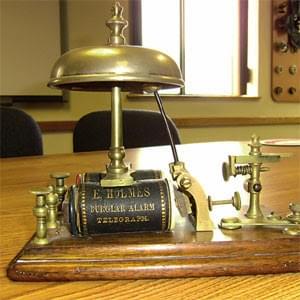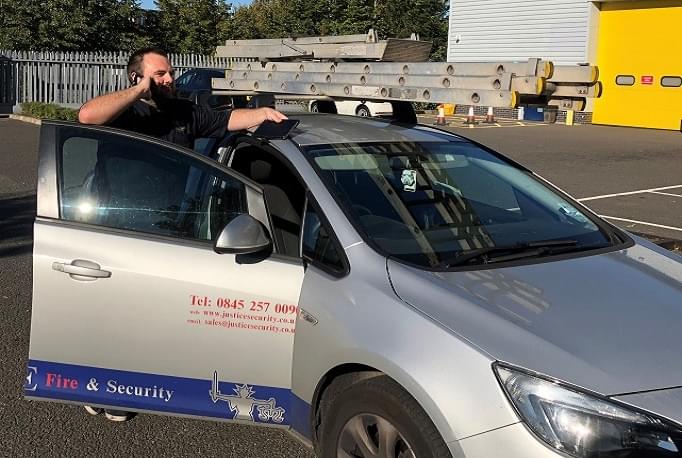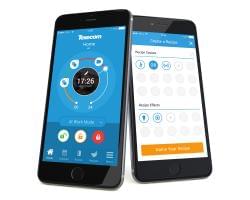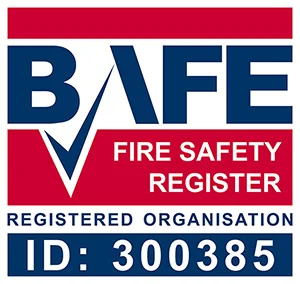Given that security alarms are so commonplace these days, it’s hard to imagine a time when we lived without them. But, the world did once exist alarm-free - unlike the hi-tech, safety conscious environment we now inhabit.
That’s not to say that burglars are only a recent aberration. Since the beginning of civilisation, man has felt duty-bound to protect his property and possessions – relying on weapons, dogs, barriers, watchmen and even geese to fend off intruders.
It was actually an English inventor, named Tildesley, who created the first known door alarm. He came up with the idea of mechanically linking a set of chimes to a door lock. If a burglar tried to break the lock or force the door open, the chimes would go off, alerting the occupants.
The first patent for a burglar alarm was registered in 1853 by the Reverend Augustus Russell Pope of Somerville, Massachusetts. It was based on a type of telegraph system. Using batteries, electricity, current and electromagnetism, energy was sent down the wire until it reached a bell, which would make a ‘dinging’ sound.
A chap named Edwin Holmes acquired the patent and starting manufacturing this device in his factory in Boston. He began selling them in 1858, but they weren’t hugely successful, mainly because there weren’t many burglaries in that area. So he relocated to Brooklyn, New York - a much higher crime area - and within a few years he’d sold 1,200 alarms. He then came up with the concept of ‘monitoring’ and in 1877 the first monitoring station was established in New York.
Whilst the end of the First World War brought an end to hostilities on the battlefield, it also coincided with an increase in crime levels. This may have had something to do with the fact that the War taught large numbers of men about using explosives and some of them adapted these new found skills to burgle and blow safes. So people became much more aware of the value of protecting their properties.
The oldest burglar alarm company in Britain is believed to be Thomas Gunn Limited, founded in 1907 as a firm of electrical contractors. Their alarms were a mixture of telegraph wire, copper strips formed as contacts, telegraph relays and solenoid bells, all assembled on site.
Around this time, insurance companies started offering premium discounts to alarm subscribers. In effect, the insurers became prime movers in the growth of the security industry that we know today.
Security systems gradually evolved - from simple control panels and locks into high-tech gadgetry.
George Orwell’s famous novel '1984', first published in 1949, with its themes of totalitarianism and the repressive regimentation of people’s behaviour, introduced the world to the concept of video surveillance. But it wasn’t until the 1970s that this started to be used in homes and businesses.
The early versions of an advanced video home security system consisted of a large camera that viewed the exterior of the property through tiny holes mounted in the front door. The video camera would send grainy images of visitors to a television monitor that also acted as the control panel, from where the homeowner could control the camera’s movements with a remote. The control panel (located in a separate room away from the camera) was equipped with security features, such as an intercom and an alarm button.
By the 1980s, motion sensors had come on leaps and bounds, with infrared technology starting to feature.
Up until then, this technology was prohibitively expensive for many people, but gradually the cost of burglar alarms started to fall, making systems economic for all types and size of business and also for home use. Alarms were no longer seen as privileged gizmos for the rich and famous! At the same time, systems started to become integrated, so that they could be linked to the emergency services, as well as to the installation company.
Fast forward to today and there are so many different options to accommodate consumer needs. Technological advancement has led to devices with PIR sensors and remote arming, where alerts or programming can simply be sent through a smartphone.
These days, surveillance cameras can be as small as an inch square, which are equipped with powerful lenses that can capture and stream high definition, online video footage that can be viewed anywhere. In addition to this, customers can programme their security systems to send live video clips of a particular area. Sophisticated protection!
We’ve certainly come a long way since Mr Tildesley.








